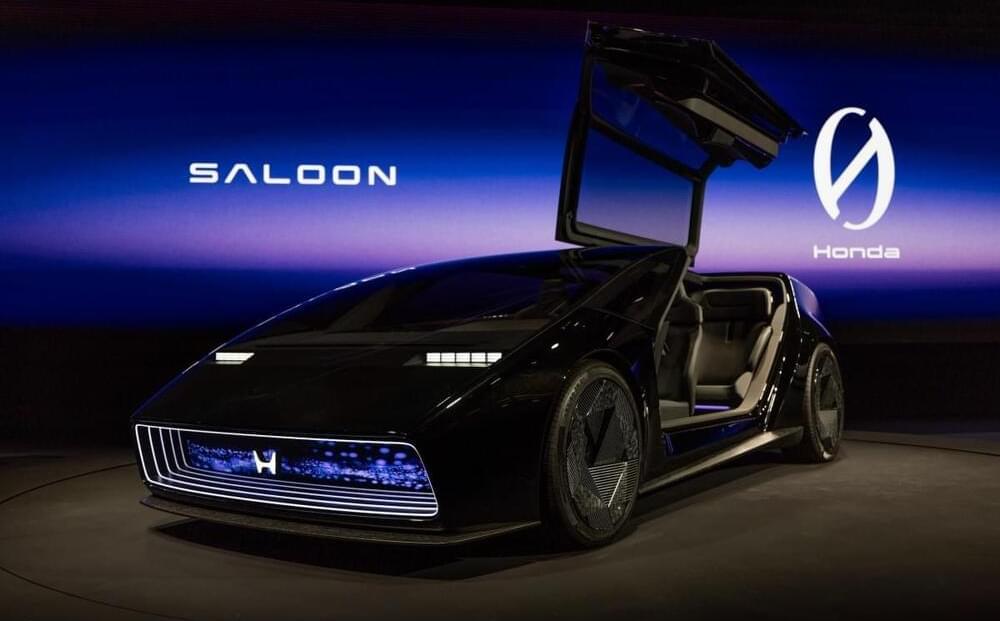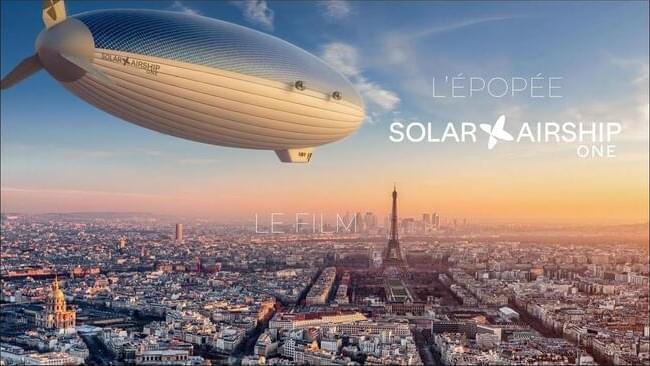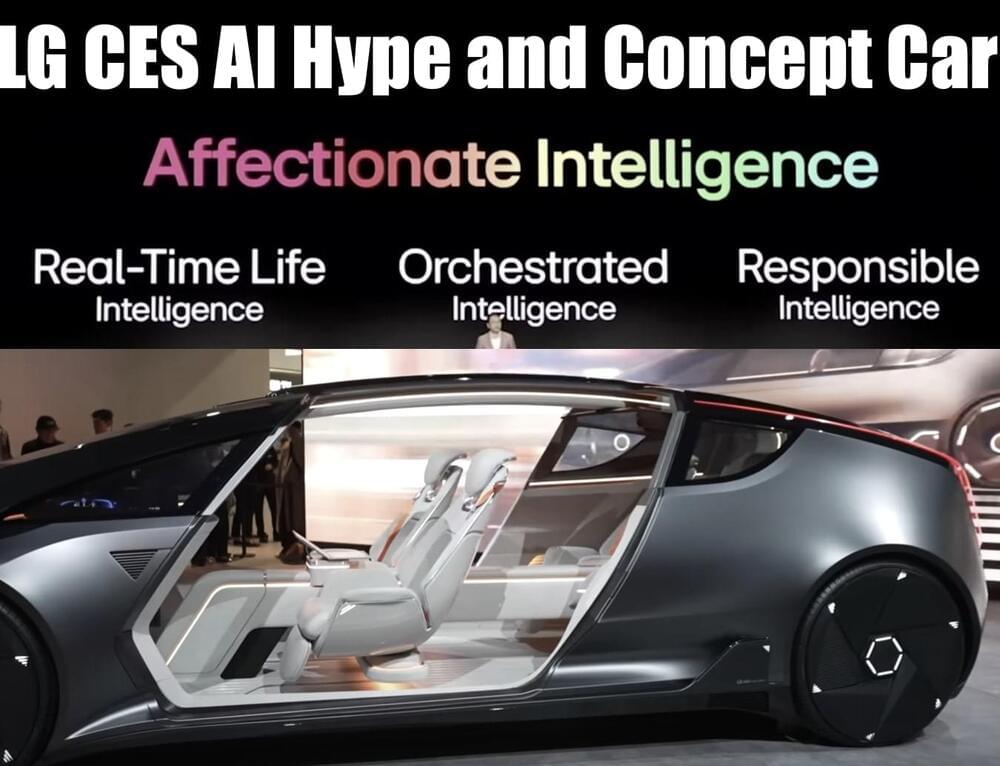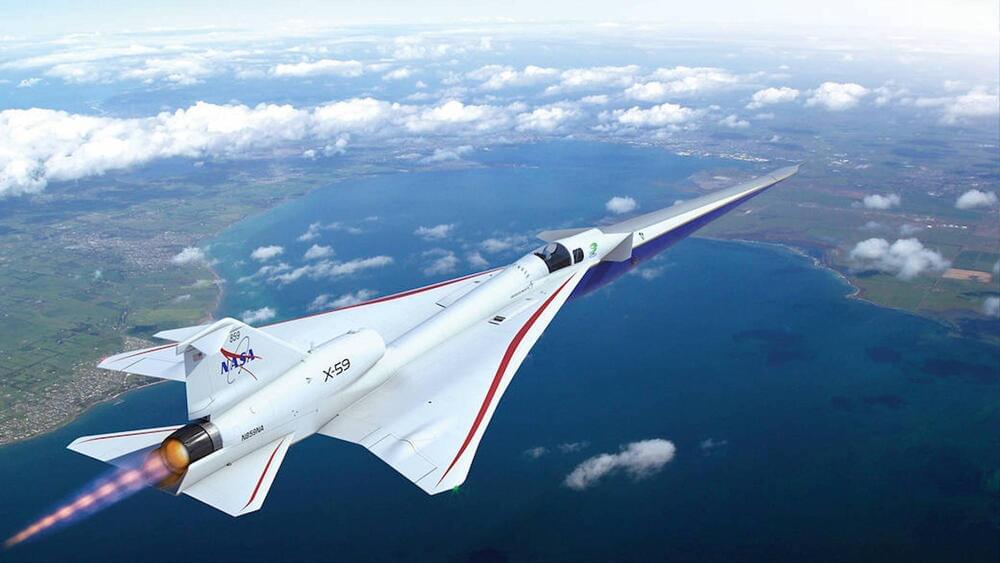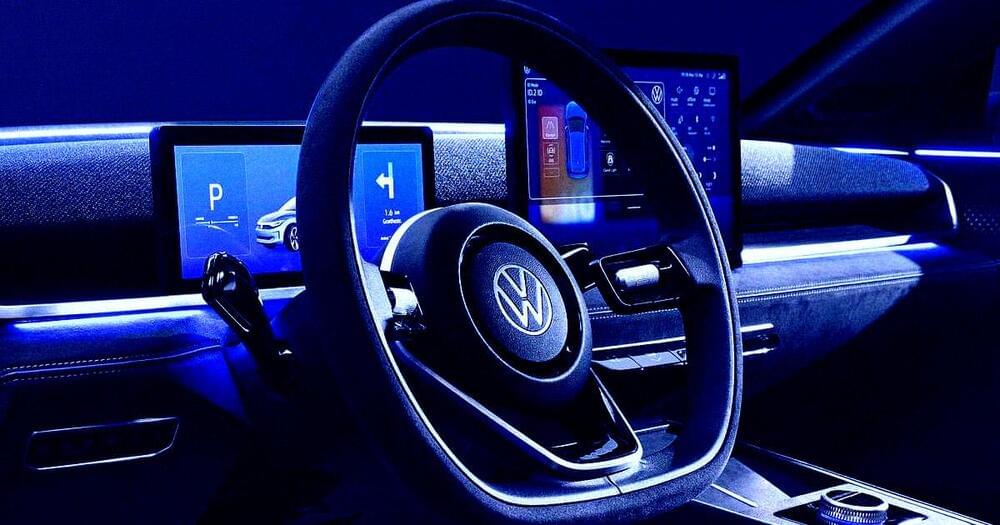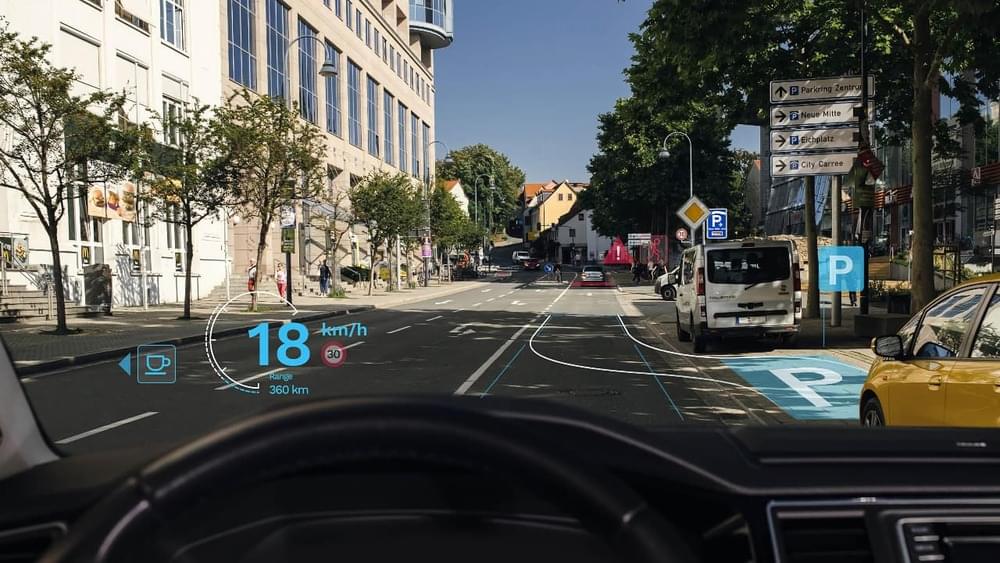
While already deployed for the likes of NASA and ESA for several years, Zeiss’ hologram-generating Multifunctional Smart Glass technology is only now gearing up for mass production. The results could be interesting.
Zeiss’s Multifunctional Smart Glass has been a core and expensive bespoke component of space missions for some years now, the tech having been developed primarily for deployment with the likes of NASA and ESA that can afford it for mission-critical uses. Calling what it results in a hologram is a bit of a cheat — these images don’t float free on their own; instead, they’re generated within a thin, transparent layer sandwiched between glass sheets to which ultra-high-precision optics are attached.
Still, the effect is convincing. The image layer is 92% transparent. Zeiss reckons the holographic functionality can turn any glass surface (windows of buildings, transparent screens, side windows of vehicles, etc) into an on-demand communication screen.

